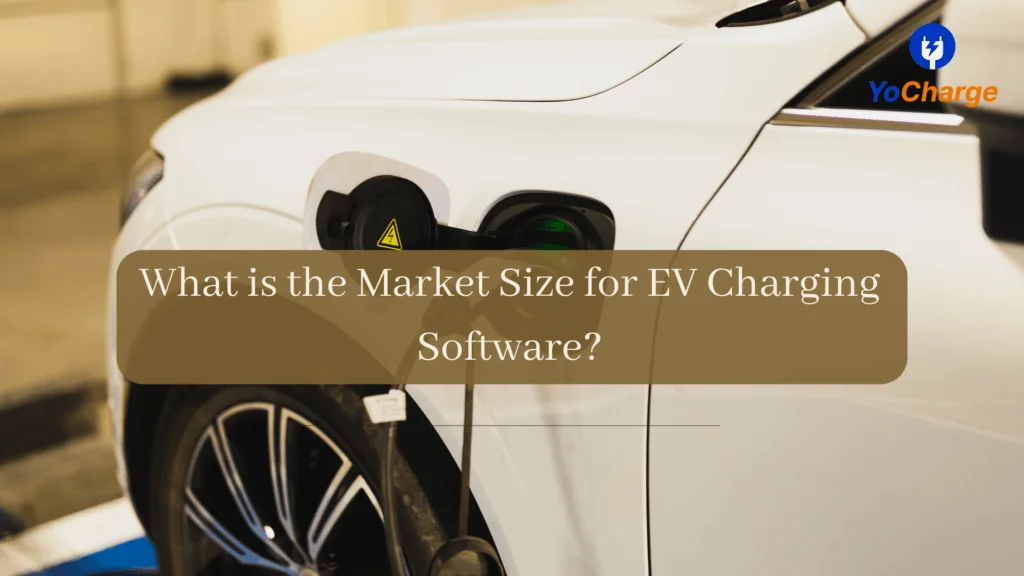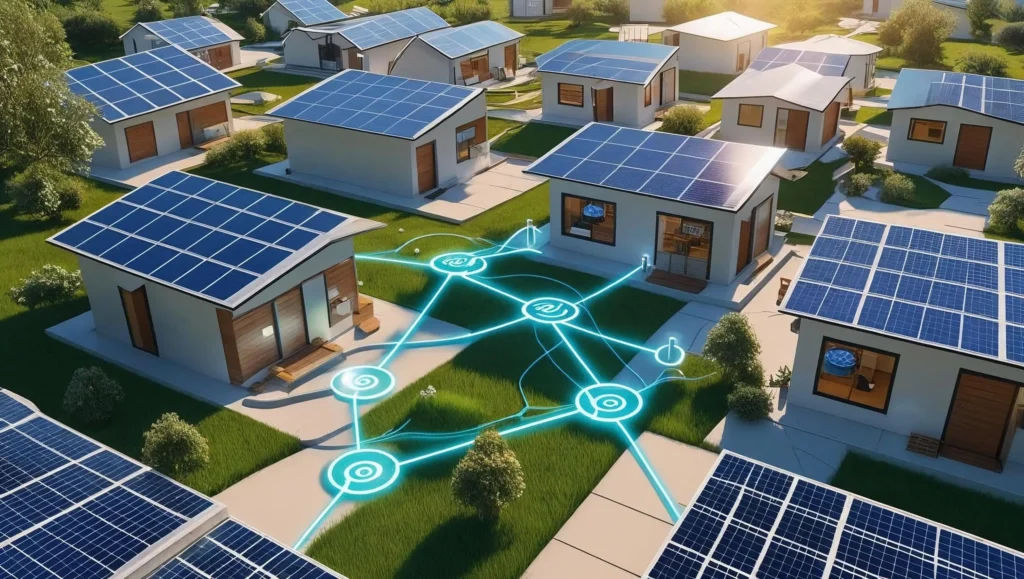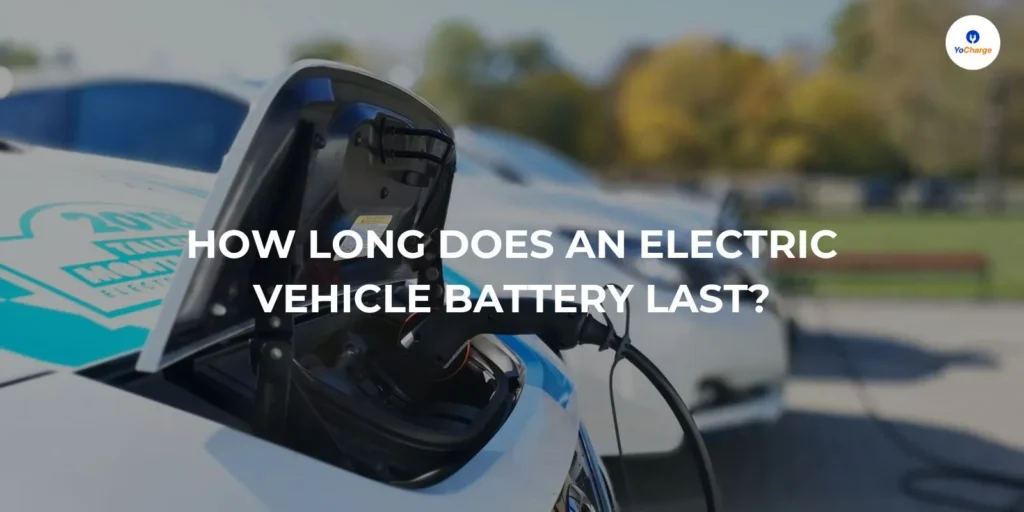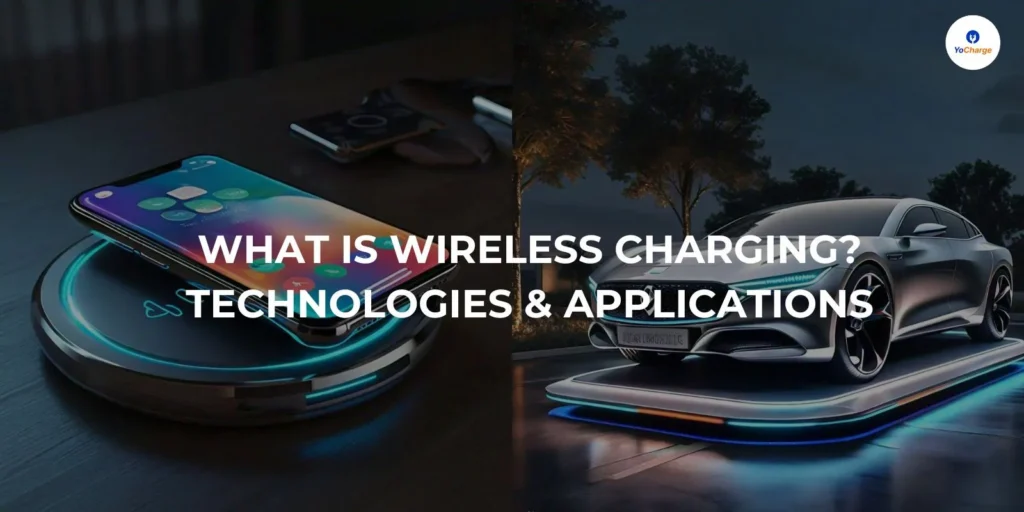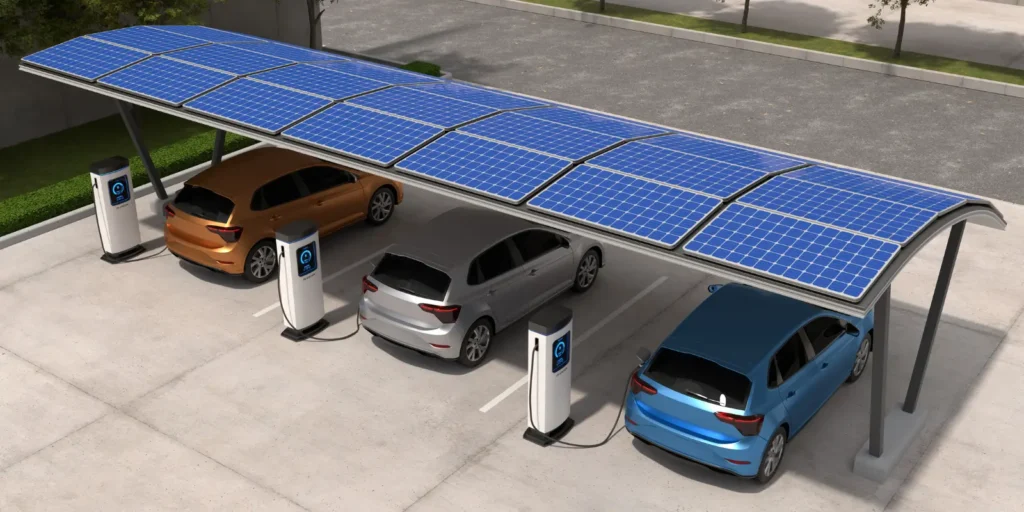
Solar-powered EV charging stations represent a transformative convergence of renewable energy and sustainable transportation technologies. This comprehensive article explores the technical architecture, implementation strategies, economic considerations, and future prospects of integrating photovoltaic systems with EV charging infrastructure.
Introduction and Overview
Defining Solar-Powered EV Charging
Solar-powered EV charging stations utilize photovoltaic (PV) panels to generate clean electricity for charging electric vehicles, either through direct solar power or hybrid systems combining solar energy with grid electricity and battery storage. These systems represent a critical step toward achieving true carbon-neutral transportation by eliminating reliance on fossil fuel-generated grid electricity.
Market Context and Growth Drivers
The global shift toward electric mobility, coupled with aggressive renewable energy targets, has created unprecedented demand for sustainable charging infrastructure. India alone is projected to require 2.9 million public charging stations by 2030 to support an estimated 102 million EVs (ref). Solar EV charging stations serve dual purposes: advancing electric vehicle adoption while maximizing renewable energy utilization. The integration of solar power addresses multiple challenges including grid strain, energy cost reduction, and carbon footprint minimization.
Types of Solar Powered EV Charging Stations
A solar-powered EV charging station is an infrastructure setup that uses solar photovoltaic (PV) panels to generate electricity, which is then used to charge electric vehicles. Depending on the components and system architecture they can be of following types:
Grid-Tied Systems

Grid-connected solar EV charging stations feed excess energy to the utility grid during peak generation periods and draw power when solar production is insufficient. This configuration offers optimal cost-effectiveness and reliability while enabling net metering benefits.
Core System Components
Grid Connection
- Conventional power-grid connected to bi-directional meter to supply the electricity and withdraw excess energy.
Solar Photovoltaic Array
- Photovoltaic panels capturing and converting sunlight into electrical energy.
- Typical residential systems generate 3-4 kWp, producing approximately 3,000-6,500 kWh annually
- Commercial installations may require 50KWp+ for fast charging applications.
Power Electronics and Control Systems
- Solar inverters converting DC power to AC power with Maximum Power Point Tracking (MPPT) technology.
EV Charging Infrastructure
In case of On-grid Solar Powered Charging Stations, the solar power plant, solar investor size can be flexible as the excess energy required is fed by the utility grid.
- Level 1 chargers (120V AC, 1-2 kW)
- Level 2 chargers (240V AC, 3-19.2 kW)
- DC fast chargers (50-400 kW)
Off-Grid Systems
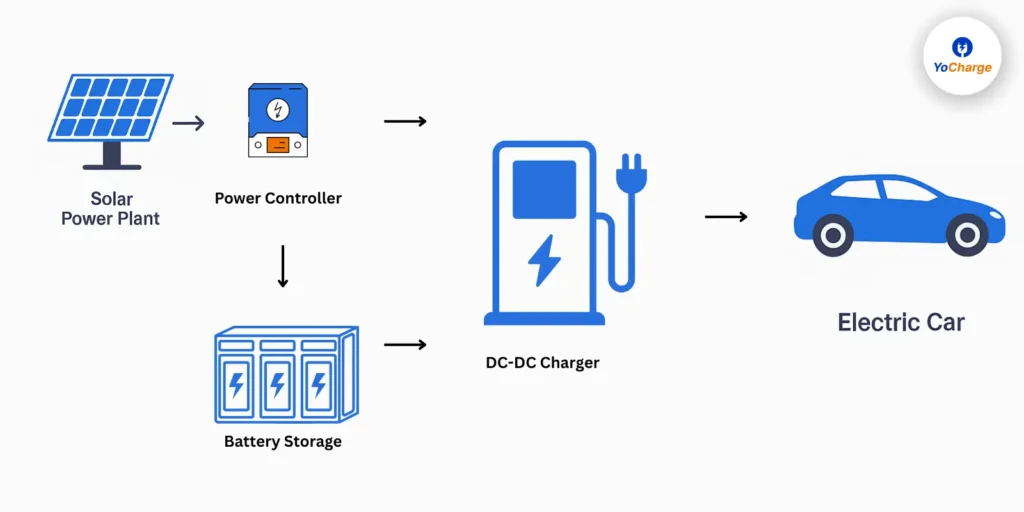
Standalone systems with battery storage operate independently of the electrical grid, making them ideal for remote locations or areas with unreliable grid infrastructure. These systems require careful sizing to ensure adequate energy availability during low-sunlight periods.
Core System Components
Solar Photovoltaic Array
- Photovoltaic panels capturing and converting sunlight into electrical energy.
- Typical residential systems generate 3-4 kWp, producing approximately 3,000-6,500 kWh annually
- Commercial installations may require 50KWp+ for fast charging applications.
Power Electronics and Control Systems
- DC-DC converters with Maximum Power Point Tracking (MPPT) technology that feed the electricity generated from solar to Battery Energy Storage Systems.
- During day time, when there is generation, the solar power may be directly fed to the DC-DC Charging Unit.
Energy Storage Systems
- Battery Energy Storage Systems (BESS) for storing excess solar energy and providing charging during the night time.
- Lithium-ion battery banks with sophisticated Battery Management Systems (BMS)
- Typical systems range from 40 kWh to several hundred kWh capacity.
EV Charging Infrastructure
- DC fast chargers (50-400 kW)
Hybrid Systems
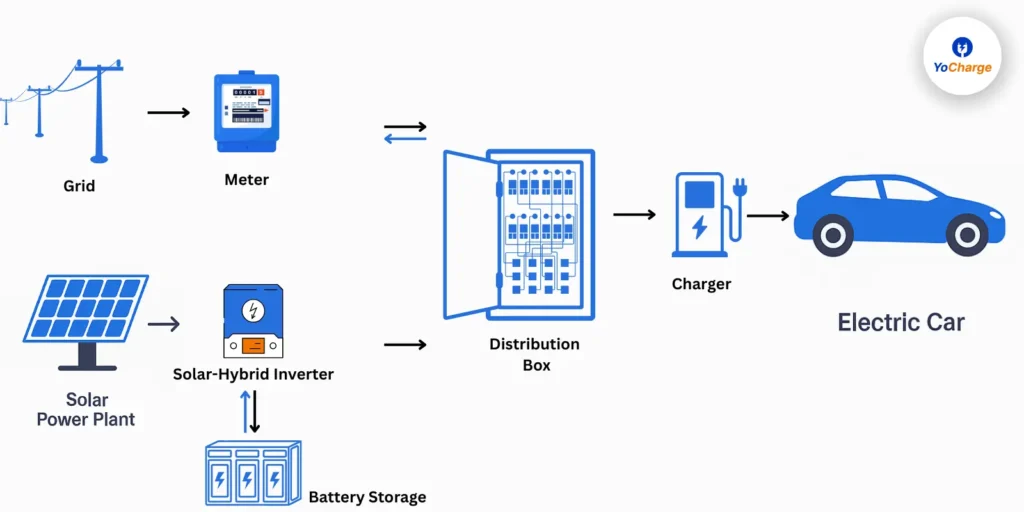
Advanced systems combining solar panels, battery storage, and grid connectivity offer maximum flexibility and reliability. Smart energy management systems optimize power flow between different sources based on real-time conditions.
Core System Components
Grid Connection
- Conventional power-grid connected to bi-directional meter to supply the electricity and withdraw excess energy.
Solar Photovoltaic Array
- Photovoltaic panels capturing and converting sunlight into electrical energy.
- Typical residential systems generate 3-4 kWp, producing approximately 3,000-6,500 kWh annually
- Commercial installations may require 50KWp+ for fast charging applications.
Power Electronics and Control Systems
- Hybrid Solar Inverter that charges the Battery Energy Storage System and provides the excess energy to EV Charging Infrastructure & Utility-grid.
- In case of grid-unavailability, if the size permits the Hybrid Inverter converts the energy from BESS to AC and supplies to the EV Charging Infrastructure for use.
Energy Storage Systems
- Battery Energy Storage Systems (BESS) for storing excess solar energy and providing charging during the night time.
- Lithium-ion battery banks with sophisticated Battery Management Systems (BMS)
- Typical systems range from 40 kWh to several hundred kWh capacity.
EV Charging Infrastructure
As the input to the EV charging infrastructure is AC supply so all types of charging units are supported.
- Level 1 chargers (120V AC, 1-2 kW)
- Level 2 chargers (240V AC, 3-19.2 kW)
- DC fast chargers (50-400 kW)
Advanced Control Technologies
Maximum Power Point Tracking (MPPT)
MPPT technology continuously monitors solar panel output and adjusts operating parameters to extract maximum available power, improving efficiency by up to 30% compared to traditional controllers. Advanced algorithms like Perturb & Observe (P&O) and Incremental Conductance optimize performance under varying environmental conditions.
Smart Energy Management Systems
Modern installations employ intelligent control systems that:
- Optimize energy distribution between EVs, storage, and grid
- Implement dynamic load balancing to prevent grid overload
- Enable demand response capabilities for grid services
Deployment Scenarios
Highway Corridor Development
Large-scale deployment along major transportation corridors will enable long-distance electric travel powered entirely by renewable energy2533. Strategic placement of high-capacity solar charging stations addresses range anxiety concerns.
Rural and Remote Access
Off-grid solar charging systems extend EV accessibility to remote areas lacking reliable electrical infrastructure118. These systems enable electric mobility in underserved regions while promoting rural development.
Residential Solar EV Charging
Home-based systems typically utilize 8-12 solar panels to support regular EV charging needs. These systems often integrate with existing residential solar installations, providing energy independence and cost savings
Commercial and Public Charging Stations
Large-scale installations serving multiple vehicles simultaneously require substantial solar arrays and sophisticated power management systems. Solar carports and canopy structures maximize space utilization while providing weather protection.
Fleet Charging Solutions
Dedicated fleet charging facilities benefit from predictable usage patterns and economies of scale, making solar integration particularly attractive for cost reduction and sustainability goals.
Integration Strategies
Building-Integrated Photovoltaics (BIPV)
Solar panels integrated into building structures, parking canopies, and carports optimize space utilization while maintaining aesthetic appeal. These solutions address space constraints common in urban environments.
Solar Tracking Systems
Motor-controlled solar trackers that follow the sun’s movement throughout the day can increase energy generation by 25-35% compared to fixed installations. These systems use Solar Position Algorithms to calculate optimal panel angles based on time, date, and geographic location.
Economic Analysis and Business Models
Cost Structure Analysis
Capital Expenditure (CAPEX)
Initial investments for solar EV charging stations are significantly higher than conventional charging infrastructure, with typical installations requiring ₹60-70 lakhs for comprehensive setups. However, government subsidies and incentives help offset these costs.
Operational Expenditure (OPEX)
Solar-powered stations demonstrate superior long-term economics with electricity costs ranging from ₹2.50-3.50 per kWh compared to ₹6-7 per kWh for grid power. Maintenance costs are minimal due to the lack of moving parts in solar panels.
Return on Investment
Studies indicate Internal Rates of Return (IRR) of 20-25% over 10-year periods for well-designed solar charging stations. The economic viability improves significantly with higher utilization rates and favorable electricity pricing policies.
Business Model Options
Owner-Operator Model
Direct ownership and operation of charging infrastructure, generating revenue through pay-per-use fees, subscriptions, and ancillary services. This model offers maximum control but requires substantial upfront investment.
Third-Party Operator Model
Partnerships with Charge Point Operators (CPOs) who handle installation, operation, and maintenance while sharing revenue. This reduces capital requirements for property owners while ensuring professional management.
Amenity Charging Model
Businesses offering charging as a customer amenity to increase foot traffic and enhance brand image. Retailers, hospitality companies, and workplaces commonly adopt this approach.
Revenue Optimization Strategies
Dynamic Pricing Models
Time-of-use pricing that incentivizes charging during peak solar generation periods while maximizing revenue during high-demand periods28. Smart pricing algorithms can optimize utilization patterns and improve financial performance.
Ancillary Revenue Streams
- Advertising and media content on charging station displays
- Grid services through vehicle-to-grid (V2G) technology
- Energy storage services for grid stabilization
Implementation Challenges and Solutions
Technical Challenges
Solar Energy Intermittency
The variable nature of solar energy poses reliability challenges for consistent EV charging. Solutions include:
- Advanced energy storage systems to buffer intermittency
- Hybrid grid-connected systems for backup power
- Predictive analytics for demand and generation forecasting
Grid Integration Complexity
Bidirectional power flows and distributed generation require sophisticated grid management systems. Smart grid technologies and advanced inverters enable seamless integration while maintaining power quality.
Power Electronics Optimization
Efficient conversion and control of electrical energy across varying solar irradiance levels requires advanced power electronic systems. High-efficiency converters with wide operational bandwidths maximize energy harvest.
Economic and Regulatory Challenges
High Initial Investment
Substantial upfront costs create barriers to widespread adoption. Solutions include:
- Government subsidies and incentive programs
- Public-private partnerships for risk sharing
- Innovative financing models and leasing arrangements
Regulatory Complexity
Navigating permits, grid connections, and compliance requirements can delay project implementation. Streamlined approval processes and supportive policies are essential for market growth.
Space Requirements
Solar installations require significant area for adequate power generation. Innovative solutions include solar carports, building-integrated systems, and vertical mounting configurations.
Operational Challenges
Maintenance and Reliability
Ensuring consistent operation across solar panels, charging equipment, and control systems requires comprehensive maintenance strategies. Remote monitoring and predictive maintenance technologies help minimize downtime.
User Experience Optimization
Balancing solar energy availability with user charging needs requires intelligent scheduling and communication systems. Mobile applications and real-time availability updates improve customer satisfaction.
Environmental Impact and Sustainability
- Carbon Footprint Reduction: Solar-powered EV charging eliminates grid-dependent emissions, achieving true zero-emission transportation. Life-cycle assessments demonstrate significant environmental benefits compared to conventional charging methods.
- Resource Optimization: Integration of renewable energy with electric mobility optimizes resource utilization and reduces strain on conventional power generation. Smart charging algorithms coordinate EV charging with peak solar production periods.
- Circular Economy Benefits: Second-life EV batteries can be repurposed for stationary energy storage in solar charging stations, extending battery lifecycles and reducing waste. This approach reduces system costs while promoting sustainability.
Emerging Technologies
- Wireless Charging Integration: Solar-powered wireless charging systems eliminate the need for physical connections, improving user convenience and reducing infrastructure wear. Inductive charging pads can be integrated with solar canopies for seamless operation.
- Vehicle-to-Grid (V2G) Technology: Bidirectional charging capabilities enable EVs to supply power back to the grid during peak demand periods, creating additional revenue opportunities. This technology enhances grid stability and maximizes renewable energy utilization.
- Advanced Energy Management Artificial intelligence and machine learning algorithms optimize energy flow between solar generation, battery storage, EVs, and the grid in real-time. These systems adapt to usage patterns and weather conditions for maximum efficiency.
Policy Recommendations
Streamlined Approval Processes
Government agencies should establish single-window clearance systems for solar EV charging projects to reduce implementation timeframes and costs.
Enhanced Incentive Structures
Targeted subsidies for solar EV charging installations, combined with favorable net metering policies, will accelerate market adoption.
Technical Standards Development
Industry-wide standards for solar EV charging systems will ensure interoperability, safety, and grid stability.
Grid Integration Standards
Establishing technical standards for solar EV charging systems ensures safety, interoperability, and grid stability. Standardized interfaces and communication protocols facilitate widespread deployment.
Permitting and Approval Processes
Streamlined approval procedures for solar charging installations reduce implementation timeframes and costs. Single-window clearance systems can significantly accelerate project development.
Conclusion
Solar-powered EV charging stations represent a critical technology for achieving sustainable transportation goals while maximizing renewable energy utilization. Despite implementation challenges including high initial costs, technical complexity, and regulatory hurdles, the long-term economic and environmental benefits make this technology essential for the future of mobility.
The convergence of declining solar costs, improving battery technologies, and supportive government policies creates favorable conditions for rapid market growth. Success requires coordinated efforts among policymakers, technology developers, and industry stakeholders to address challenges and unlock the full potential of solar-powered electric mobility.
As the technology matures and costs continue to decline, solar EV charging will transition from a niche application to a mainstream solution, enabling truly sustainable transportation powered by clean, renewable energy. The framework presented here provides a comprehensive roadmap for stakeholders to navigate this transformation and capitalize on the opportunities in this rapidly evolving market.
